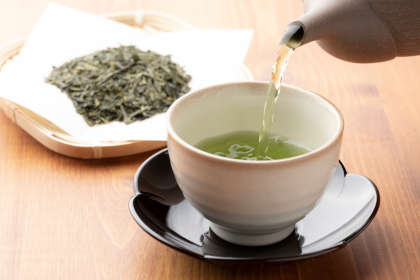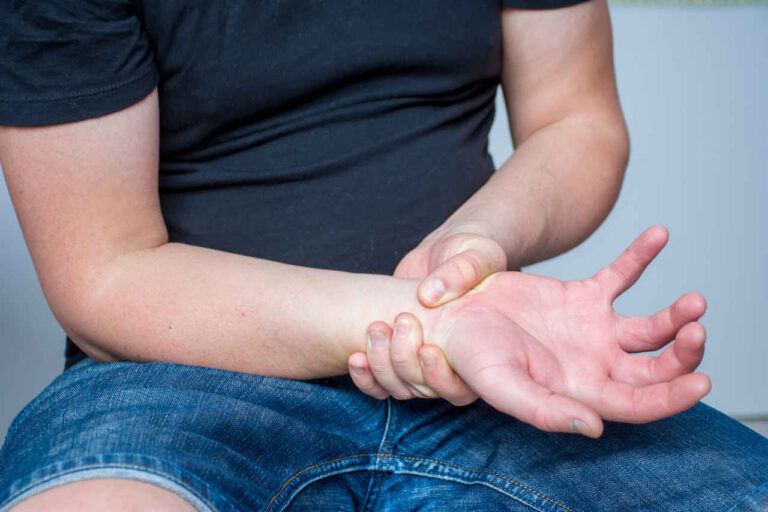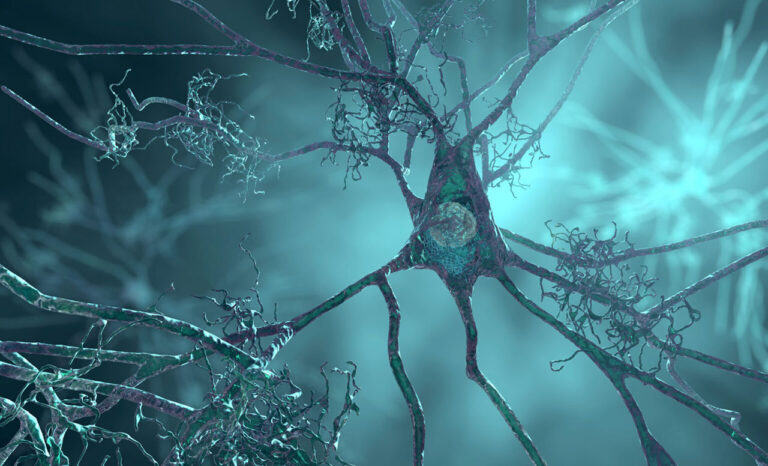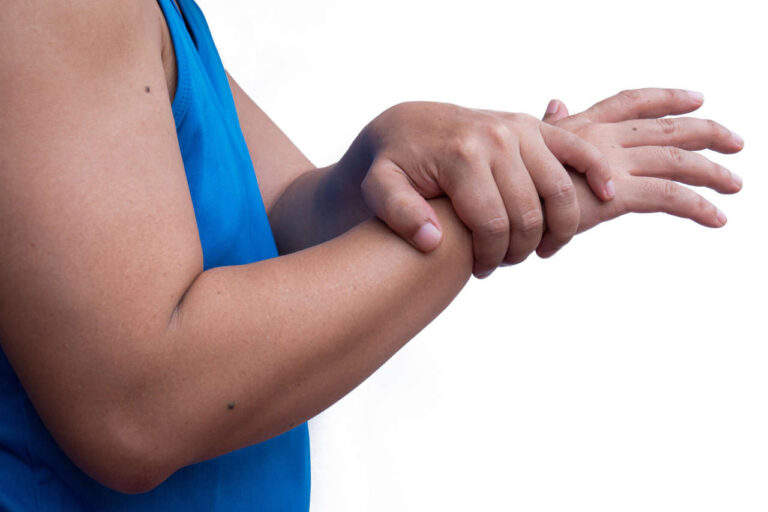
If you or your loved one is diagnosed with chronic inflammatory demyelinating polyneuropathy (CIDP), it may be beneficial to focus on your daily diet. Incorporating a healthy, well-balanced diet into your lifestyle could help to reduce the symptoms of CIDP. Though no specific diet plan exists for CIDP, certain foods can help reduce inflammation and support nerve health.
Speak to a Specialist About Copay Assistance
Listed below are food options that may help manage the symptoms associated with CIDP.
But first, let’s briefly discuss what CIDP is and why a healthy diet is helpful for people with CIDP.
What Is Chronic Inflammatory Demyelinating Polyneuropathy?
CIDP is an inflammatory disease in which your immune system mistakenly targets the protective covering of your nerves called the myelin sheath. The inflammation that results from this attack damages the nerves. Consequently, the nerves lose their ability to transmit messages from the brain to various body regions efficiently.
Nerve inflammation can result in weakness, numbness, and difficulty moving.
Why Diet for CIDP Patients Matter
Even though diet alone cannot treat CIDP, it may help manage symptoms. Since CIDP is an inflammatory condition, certain foods with anti-inflammatory properties can help reduce the severity of inflammation in the body.
A plant-based diet rich in fruits and vegetables can be beneficial as these foods contain certain nutrients that keep the nerves healthy and reduce inflammation.
Anti-Inflammatory Foods for CIDP Patients
Some of the anti-inflammatory foods that can reduce inflammation are listed below:
Plant Foods
Many plant foods have natural anti-inflammatory properties and are a good source of vitamins and minerals. Vitamins like Vitamin C, E, and A and minerals like selenium, copper, and zinc are powerful antioxidants that prevent free radicals from damaging your nerve cells. Example foods include fruits (such as citrus fruits, apples, pineapples, and berries), vegetables (such as spinach, bell peppers, mushrooms, beets, and kale), nuts, seeds, and beans.
Similarly, the overall health of your nerves is also supported by minerals like potassium and magnesium which are in many plant foods. In addition to supporting nerve function, these minerals also facilitate nerve transmission.
Foods Rich in Omega-3 Fatty Acids and Vitamin B12

Foods rich in omega-3 fatty acids and vitamin B12 are good for CIDP patients as these nutrients nourish and maintain nerve health and function. For instance, Vitamin B12 is essential for maintaining the health of nerves and the protective myelin sheath. Consumption of vitamin B12-rich foods, such as fish, lean meats, and nutritional yeast, can support nerve function in individuals with CIDP.
Additionally, omega-3 fatty acids, which have anti-inflammatory properties, may help lessen the inflammation in the nerves affected by CIDP. You can find high levels of omega-3 fatty acids in fish (such as mackerel, herring, salmon, and tuna), fish oil, algae oil, olive oil, flaxseeds, avocados, and certain nuts (such as walnuts, pecans, pistachios, macadamia nuts, and pine nuts).
Green Tea
Freshly brewed green tea made from fresh leaves or tea bags can also help reduce inflammation. Green tea is rich in antioxidants and other compounds that reduce inflammation in your body.
Animal Products and Fungi
Specific seafood, meats, and fungi are loaded with antioxidants that can potentially ease CIDP symptoms as well.
Bone broth and meat stock have high nutrient content and may benefit patients with CIDP. They can provide support for overall health, including nerve health, because of their high content of minerals, collagen, gelatin, and amino acids.
Though meat stock and bone broth are rich in healthy nutrients, there isn’t much research on how they directly affect CIDP conditions in patients. These foods may be comforting for certain people, but their effects on treating CIDP symptoms may vary from person to person.
Get Financial Assistance
Diet for CIDP: Foods To Avoid
Foods made from fats such as saturated fats and trans fats can have inflammatory effects. Examples of foods high in these types of fats that may worsen inflammation when consumed frequently include:
- Convenience foods, including fast foods, processed meats, specific frozen foods, and pre-made soups
- Sodium-rich foods
- Foods high in added sugar and refined carbohydrates
Conclusion
CIDP is an inflammatory condition, and a healthy, well-balanced diet that is well-tolerated can be beneficial for CIDP patients. Incorporating more variety into your diet, as discussed above, may help reduce your inflammation and support nerve health.
Conversely, consuming a diet high in convenience foods such as fast foods, sugary and sodium-rich foods, and processed meats can promote inflammation in the body, which may further worsen the symptoms of CIDP. It is recommended to consult with your healthcare provider and dietitian before making big changes to your eating routine.
REFERENCES:
- Brun, S., De Sèze, J., & Muller, S. (2022). CIDP: Current Treatments and Identification of Targets for Future Specific Therapeutic Intervention. Immuno, 2(1), 118-131. https://doi.org/10.3390/immuno2010009
- Foundation for Peripheral Neuropathy. (2023, February 6). Nutrition | The Foundation for Peripheral Neuropathy. The Foundation for Peripheral Neuropathy. https://www.foundationforpn.org/living-well/lifestyle/nutrition/
- Healthy eating tips to ease Chronic inflammation. (2021, November 15). Johns Hopkins Medicine. https://www.hopkinsmedicine.org/health/wellness-and-prevention/healthy-eating-tips-to-ease-chronic-inflammation
- Doneddu, P. E., Bianchi, E., Cocito, D., Manganelli, F., Fazio, R., Filosto, M., Mazzeo, A., Cosentino, G., Cortese, A., Jann, S., Clerici, A. M., Antonini, G., Siciliano, G., Luigetti, M., Marfia, G. A., Briani, C., Lauria, G., Rosso, T., Cavaletti, G., . . . Nobile-Orazio, E. (2019). Risk factors for chronic inflammatory demyelinating polyradiculoneuropathy (CIDP): Antecedent events, lifestyle and dietary habits. Data from the Italian CIDP Database. European Journal of Neurology, 27(1), 136-143. https://doi.org/10.1111/ene.14044












